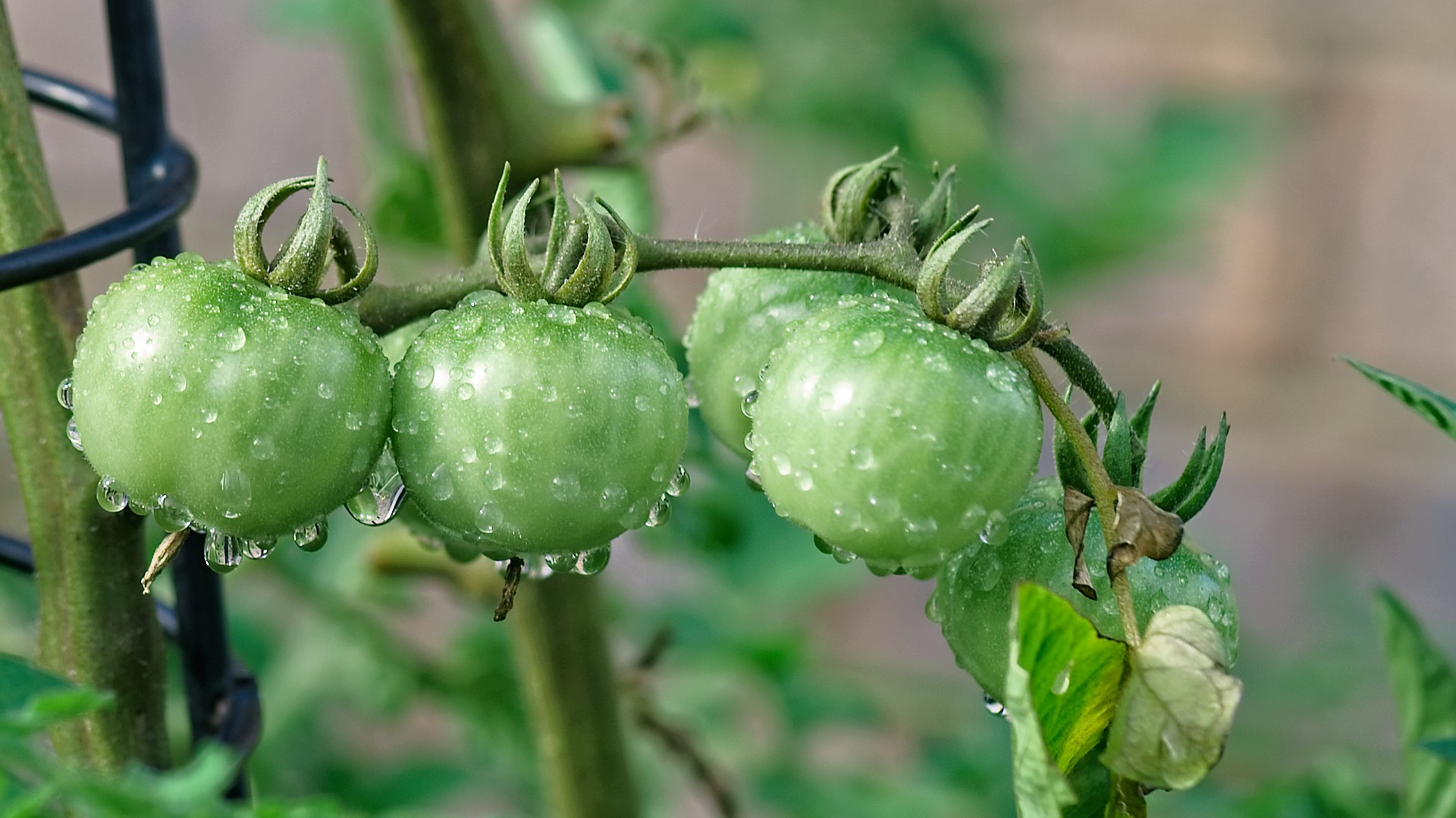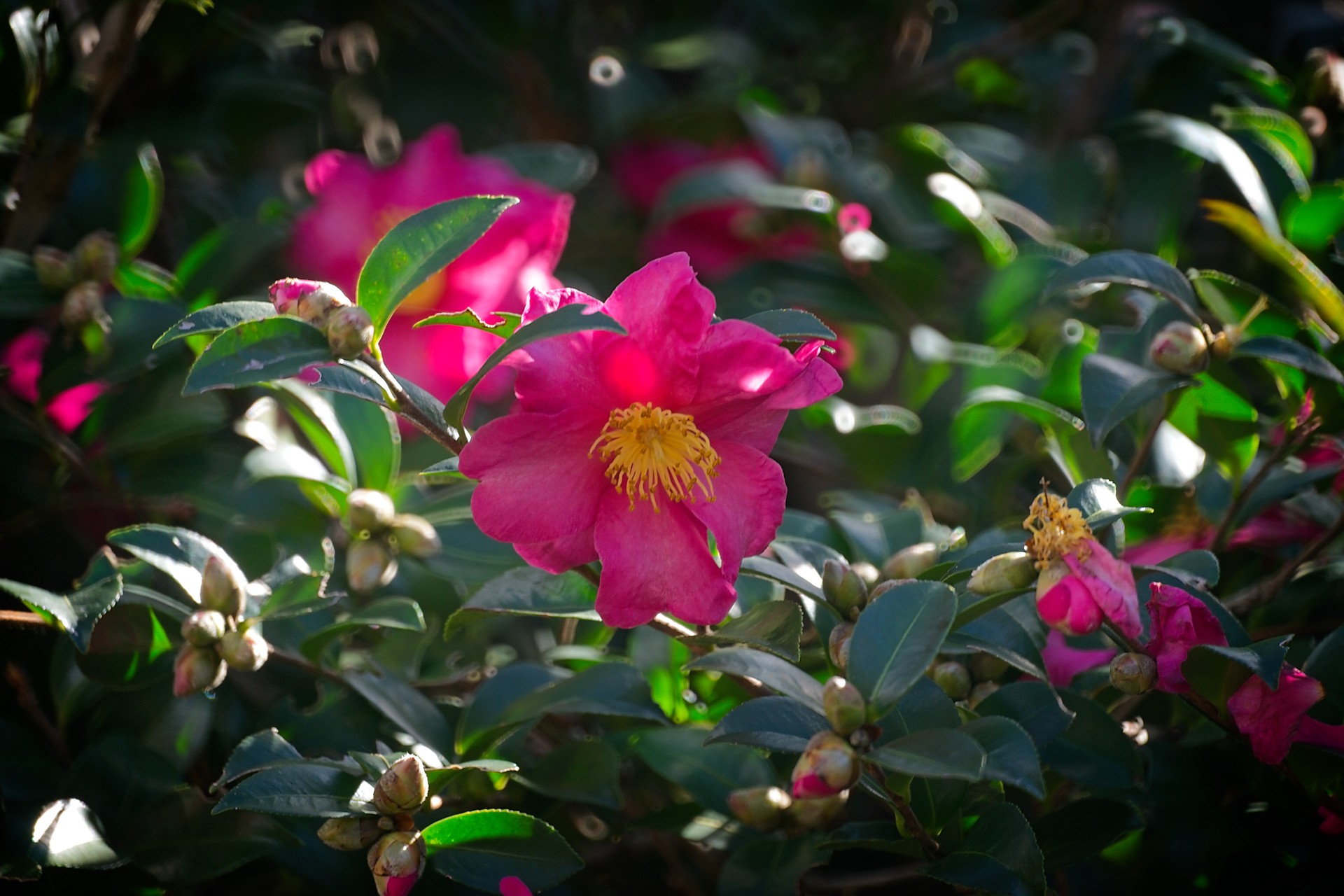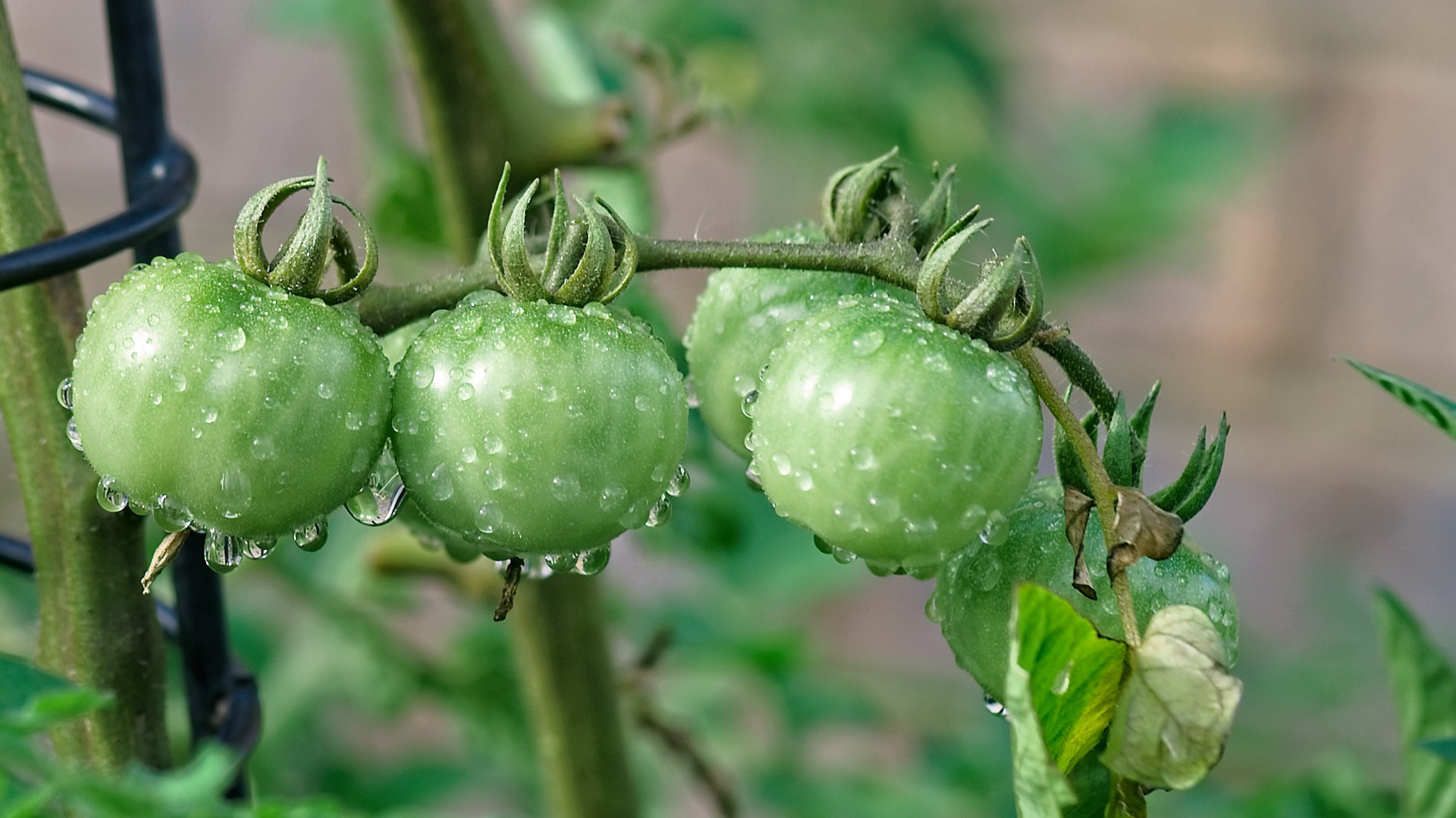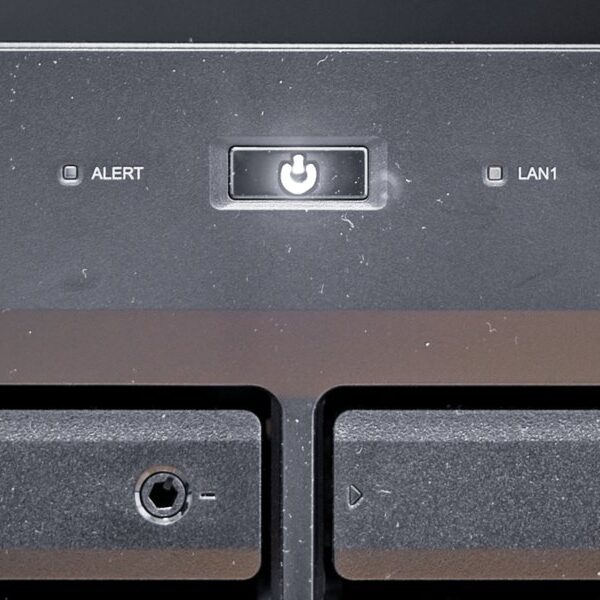While in Japan I encountered a photographic installation of plant portraits in the Gallery Shuzenji Garo. This is a collection of images of Shujenzi through the four seasons, plant portraits and intimate landscapes. One image was intriguing, it had a row of dew drops with the refracted image in focus but with the hallmarks of being shot with a catadioptric lens rather than a macro lens. This would make it a very technical image to execute and while I don’t have a reference to the image to show you or the name of the photographer, lets discuss whats going on anyway. Its an interesting technique.
First, the water drop image is typically staged in a studio and shot with a macro lens. Drops of water fortified with soap and glycerine are strung in a row typically with a flower in the background. The drops are brought into focus so the background is visible in the water drop. Lighting can be closely controlled. Its staged and technical and rarely something done in the wild. Dew drop images done in the wild are rarely aligned making focus more difficult and light is whatever you get on the day. Below a you tube video showing typical techniques used in a studio environment on a flat plane. It’s practical physics.
The next part of the technique requires a catadioptric lens. This is not a macro lens, but a telephoto lens with a mirror rather than the normal array of lens elements.
According to Wikipedia: A catadioptric optical system is one where refraction and reflection are combined in an optical system, usually via lenses (dioptrics) and curved mirrors (catoptrics). Catadioptric combinations are used in focusing systems such as searchlights, headlamps, early lighthouse focusing systems, optical telescopes, microscopes, and telephoto lenses. Other optical systems that use lenses and mirrors are also referred to as “catadioptric”, such as surveillance catadioptric sensors.
The key feature of this lens is the donut bokeh which is an artifact of the mirror optics. In addition, minimum focus distance is going to be long compared to a macro lens.
Using a tele lens rather than a macro lens for dew drop photography is going to be a significant technical effort to achieve good detail and accurate focus, but then to also achieve the donut bokeh is genius. And it was a lovely image on top of being a technical tour de force. Kudos to the photographer for pulling it off.



Put these things together and you have a technique that creates a unique image. It would never have occurred to me to use a mirror tele for a macro image. It’s technically very difficult to do what the photographer had done and the results created a different and aesthetically very pleasing image.

For more information about this type of lens click here to read about the Kase reflex lens, a more traditional implementation of the catadioptric lens.

And so the quest begins to apply this lens to closeup photography to see if I can recreate the effect seen in the image at the Gallery Shuzenji Garo.




